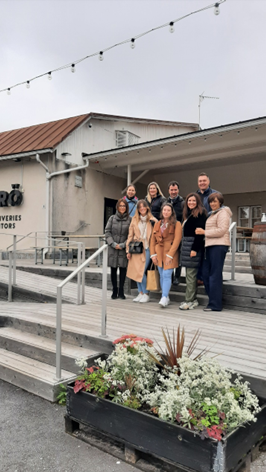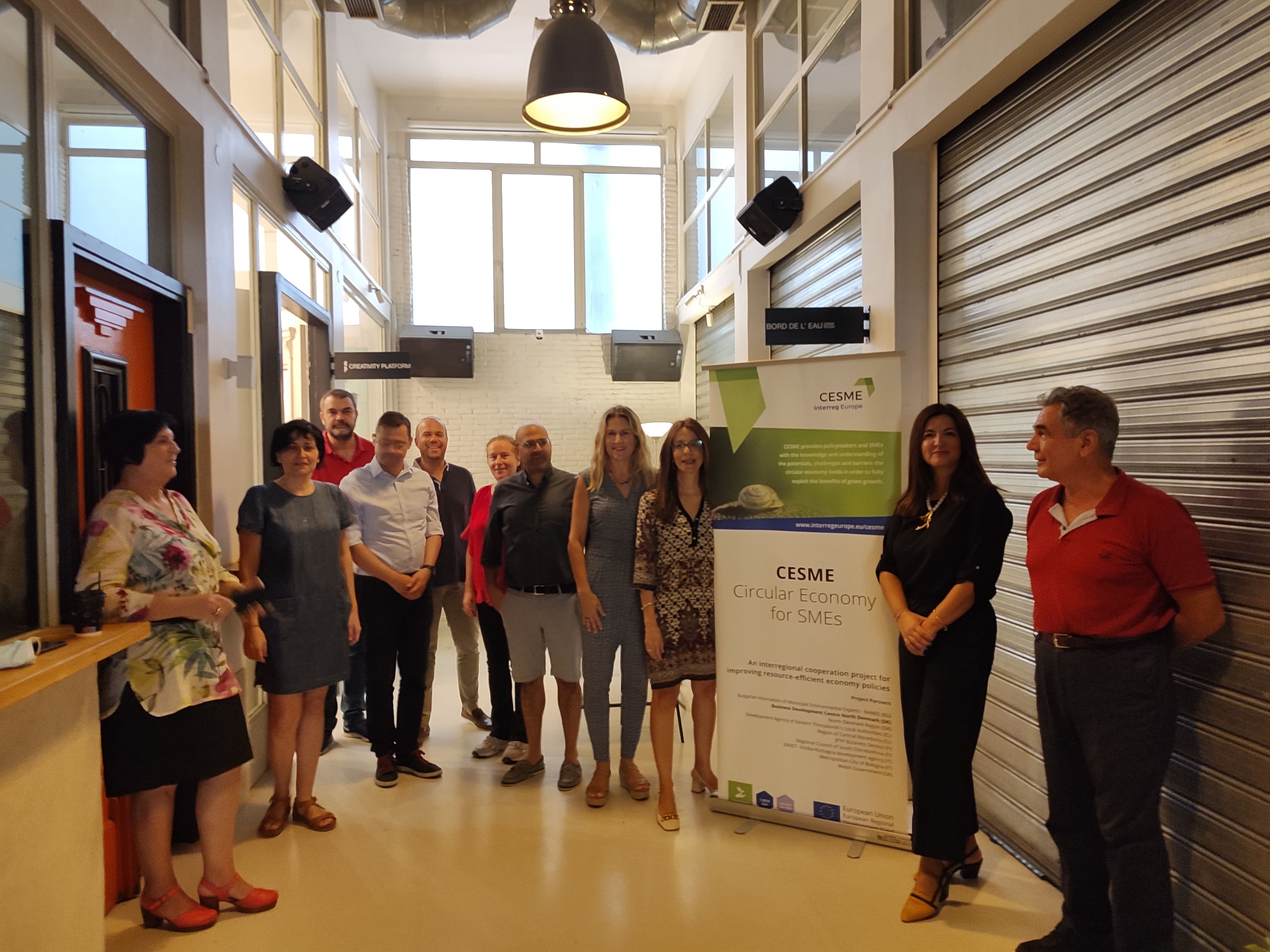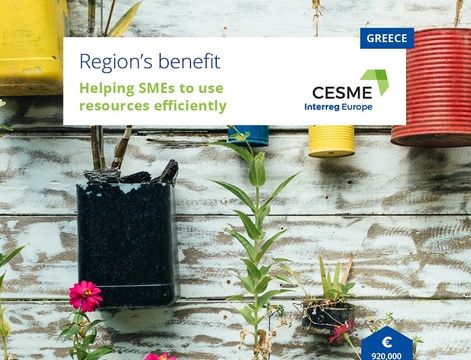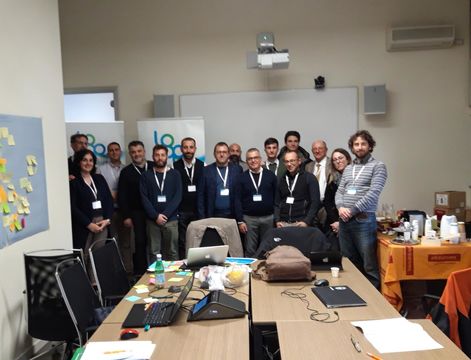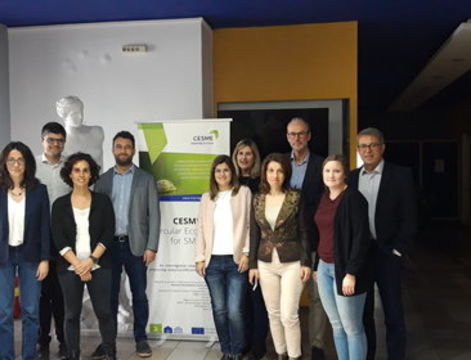Hundreds of new ideas - who has the courage to act to develop new wood-based products?
Some significant investments are under construction in the Finnish wood industry. The biggest of them is a bioproduct mill in the Central Finland, Äänekoski that is being built with the support of international funding, such as the European Fund for Strategic Investments (EFSI). This means that the volumes of raw wood flows from the neighbouring regions in Finland will increase.
The need for increasing demand causes both challenges and opportunities. Researcher Kari Väätäinen from the National Resources Institute Finland tells that according to a survey for harvesting business owners, the main problem is to find enough skillful workforce for harvesting.
In order to increase the efficiency of transportation, new technology is being increasingly used and tested, meaning for example more detailed maps and navigator systems reflected on the window-screen of the forest machine. The increase in industrial wood processing increases also the quantity of side-steam product flow.
Side-stream materials should be processed high value products instead of biofuel
Now is a politically right moment for bio and circular economy, says Professor Erkki Verkasalo. He notes that almost all the side-streams in wood industry are combusted. However, alternative uses should be considered.
The side-stream has been understood in a too simple way. The value of several possible bioproducts, which are able to be processed from side-stream materials is several euros per kilo. However, to create really sustainable business models, professor recommends starting with small-scale pilots. For the smaller scale there are possibilities in e.g. extracting systems and in the production of biocomposites.
Bulk biocoal is not profitable, but a business could specialize in tailored high quality biocoal for metallurgical processes probably, says the professor. With the help of the extraction process, the ingredients of wood industry side-streams can be used for example in medical components, antibiotics, and glues. Wood and plastic -combination can be useful in design and furniture. As a good practice, there is a Finnish company that produces plastic bags of industrial plastic waste, professor Verkasalo tells.
New 3D systems can make even smaller units profitable.
New products from bark and sawdust
Special researcher Mr. Risto Korpinen tells that the bark of the tree contains much more extractives than the trunk. One challenge is to separate the inner and outer bark from each other. It is possible manually, but the way for separating the parts of bark automatically needs further innovation.
Mr. Korpinen explains that the outer bark of spruce contains tannins, which can be used as a base in gluelams, and as a feed additive. It can be extracted with only hot water.
The inner bark of spruce contains stilbenes, and ethanol and water are used in the extraction. Stilbene is a good antioxidant, and it may prevent infections and tumour growth.
Comparably, in birch, the outer bark is a source of betulin, which is among other effects antiviral, and prevents melanoma whereas the inner bark of birch contains tannins and anthocyanidins, tells Mr. Korpinen.
Also sawdust has huge possibilities, according to Mr. Korpinen. It can be used in foliofilms, and even be spun into yarn.
Researchers recommend to collaborate with universities and research institutes to achieve good results. The technology is there, but innovation and a lot of courage are needed to create business from new wood products.
The National Resources Institute Finland participated in a seminar Puu liikkeelle - ”Move the wood” on 16th November 2016 in Tuuri, South Ostrobothnia. The seminar was arranged by CESME project, PuuLiike project, and JPYP Business Service.




